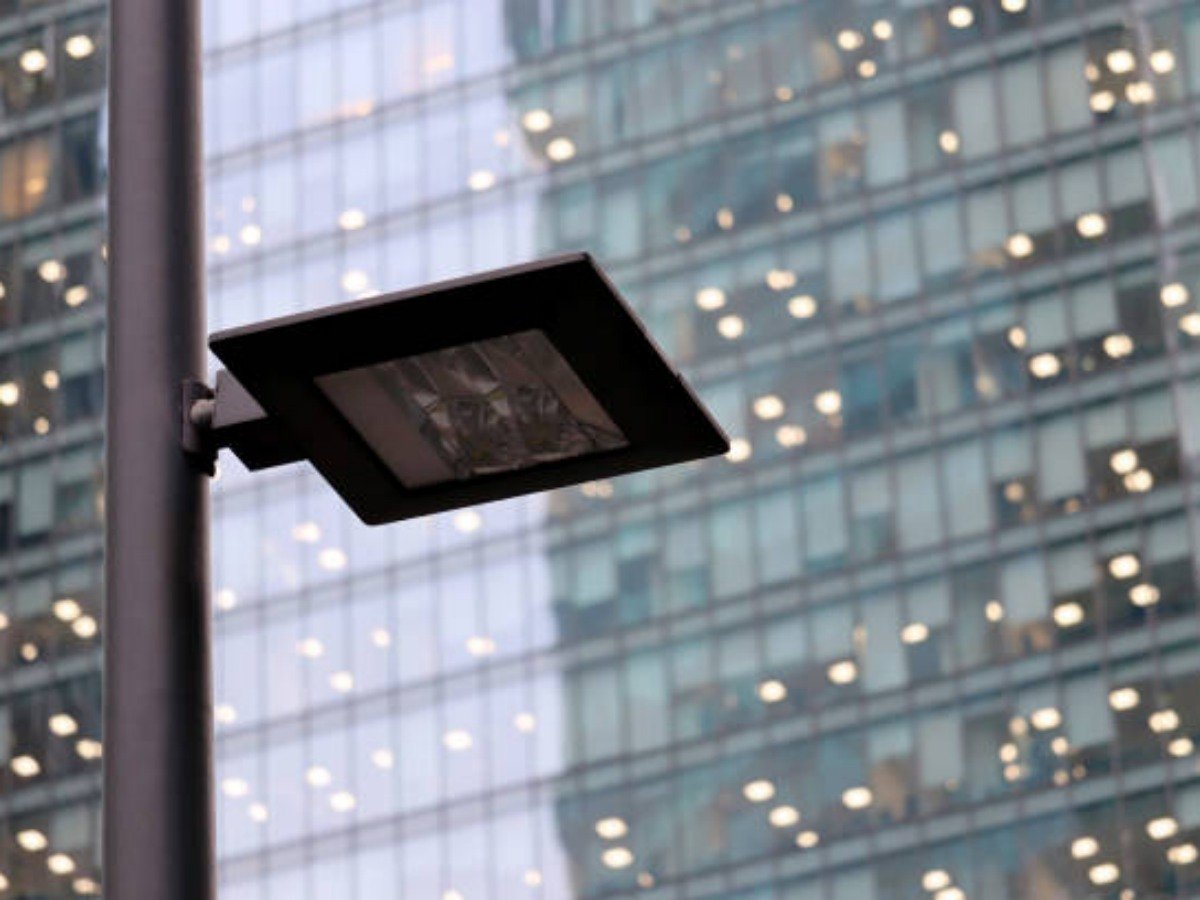What Are quick wire connectors and How Do They Work?
Quick wire connectors are electrical connectors that provide a fast and efficient way to join or terminate wires without the need for soldering or special tools. These connectors are designed to securely hold wires together, ensuring a reliable electrical connection. They are commonly used in various applications, including automotive, home improvement, and electronics.
The Advantages of Using Quick Wire Connectors
Quick wire connectors offer several advantages over traditional wire connectors:
- Time-Saving: As the name suggests, these connectors allow for quick and easy wire connections, saving you valuable time during installation or repairs.
- No Special Tools Required: Unlike other connectors that may require specific tools such as crimpers or soldering irons, quick wire connectors can be easily installed using just your hands.
- Reusable: Quick wire connectors can be easily disconnected and reused, making them a cost-effective choice for temporary installations or projects that require frequent changes.
- Secure Connection: These connectors provide a secure and reliable electrical connection, reducing the risk of loose or faulty connections that can lead to electrical failures or accidents.
- Versatility: Quick wire connectors are available in various sizes and types to accommodate different wire gauges and applications, ensuring compatibility with a wide range of electrical projects.
Types of Quick Wire Connectors
There are several types of quick wire connectors available, each designed for specific applications:
1. Push-In Connectors
Push-in connectors, also known as push-in wire connectors or push-in terminal blocks, are the most common type of quick wire connectors. They feature spring-loaded terminals that allow you to simply insert the stripped wire into the connector, creating a secure connection. These connectors are widely used in residential and commercial electrical installations.
2. Lever-Nut Connectors
Lever-nut connectors, also called lever connectors or lever wire connectors, utilize a lever mechanism to secure the wires in place. With these connectors, you strip the wire, insert it into the connector, and close the lever to create a secure and reliable connection. Lever-nut connectors are often used in lighting fixtures, junction boxes, and other electrical applications.
3. Twist-On Wire Connectors
Twist-on wire connectors, also known as wire nuts, are the traditional form of quick wire connectors. These connectors feature a cone-shaped cap with internal threads that you twist onto the stripped wire ends, effectively joining them together. Twist-on wire connectors are commonly used in residential electrical wiring and are available in different color-coded sizes to accommodate various wire gauges.
4. IDC Connectors
IDC (Insulation Displacement Connector) connectors are commonly used in telecommunications and data networking applications. These connectors feature sharp teeth or blades that pierce the insulation of the wires when pressed down, creating a secure electrical connection. IDC connectors are often used in telephone wiring, Ethernet connections, and other low-voltage applications.
How to Use Quick Wire Connectors
Using quick wire connectors is a straightforward process:
- Strip the insulation off the wire ends using a wire stripper.
- Insert the stripped wire ends into the appropriate terminals of the quick wire connector.
- Ensure that the wires are fully inserted and making proper contact with the connector.
- If applicable, close the lever or twist on the connector to secure the wires in place.
- Tug gently on the wires to ensure they are securely held by the connector.
- Test the connection using a multimeter or by powering on the circuit to verify proper functionality.
Common Applications of Quick Wire Connectors
Quick wire connectors find applications in various industries and projects:
- Automotive: These connectors are used in wiring harnesses, electrical repairs, and installations in vehicles.
- Home Improvement: Quick wire connectors are commonly used in electrical wiring projects, such as connecting light fixtures, switches, and outlets.
- Electronics: They are used in the assembly of electronic devices, circuit boards, and various electrical components.
- Telecommunications: Quick wire connectors are utilized in telephone wiring, network installations, and data cabling.
- Marine and RV: These connectors are suitable for wiring applications in boats, yachts, and recreational vehicles.
Tips for Choosing the Right Quick Wire Connectors
When selecting quick wire connectors for your project, consider the following factors:
- Wire Gauge: Ensure that the connector is compatible with the wire gauge you are using.
- Application: Choose a connector specifically designed for your intended application, such as automotive, home improvement, or electronics.
- Connector Type: Select the appropriate connector type based on your preferences and the specific requirements of your project.
- Quality: Opt for connectors from reputable manufacturers to ensure reliability and durability.
In Conclusion
Quick wire connectors provide a convenient and efficient solution for joining wires without the need for specialized tools or soldering. They offer numerous advantages, including time-saving installation, secure connections, and versatility. By understanding the different types of quick wire connectors and how to use them, you can confidently tackle various electrical projects with ease.

